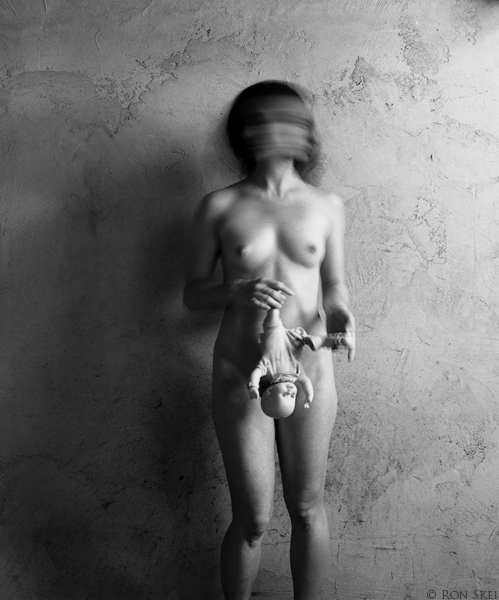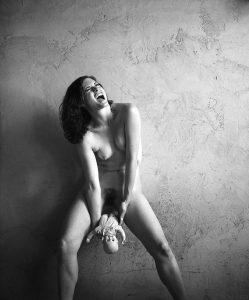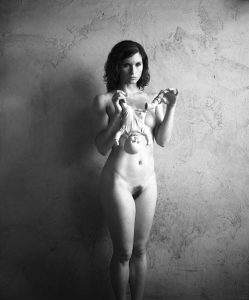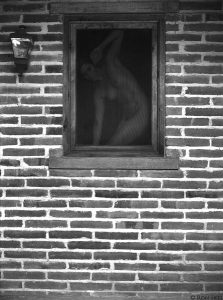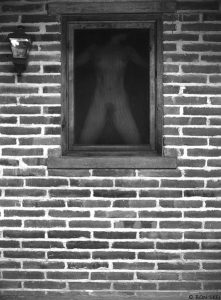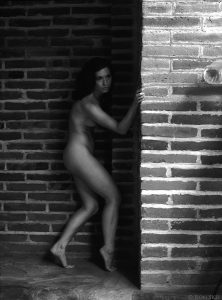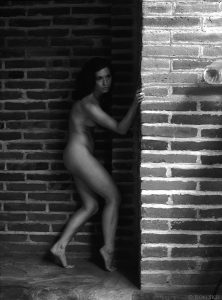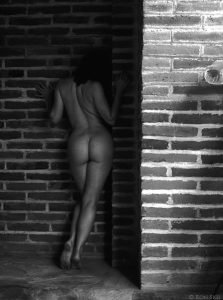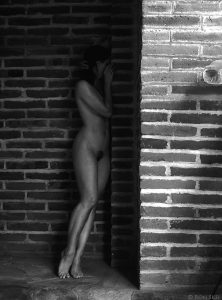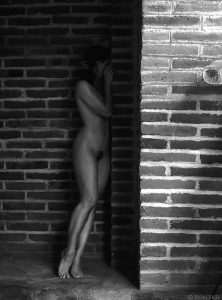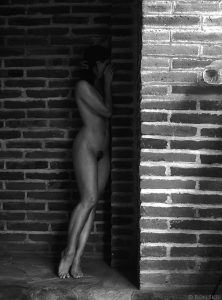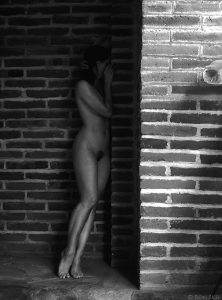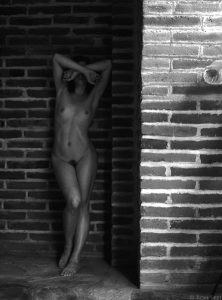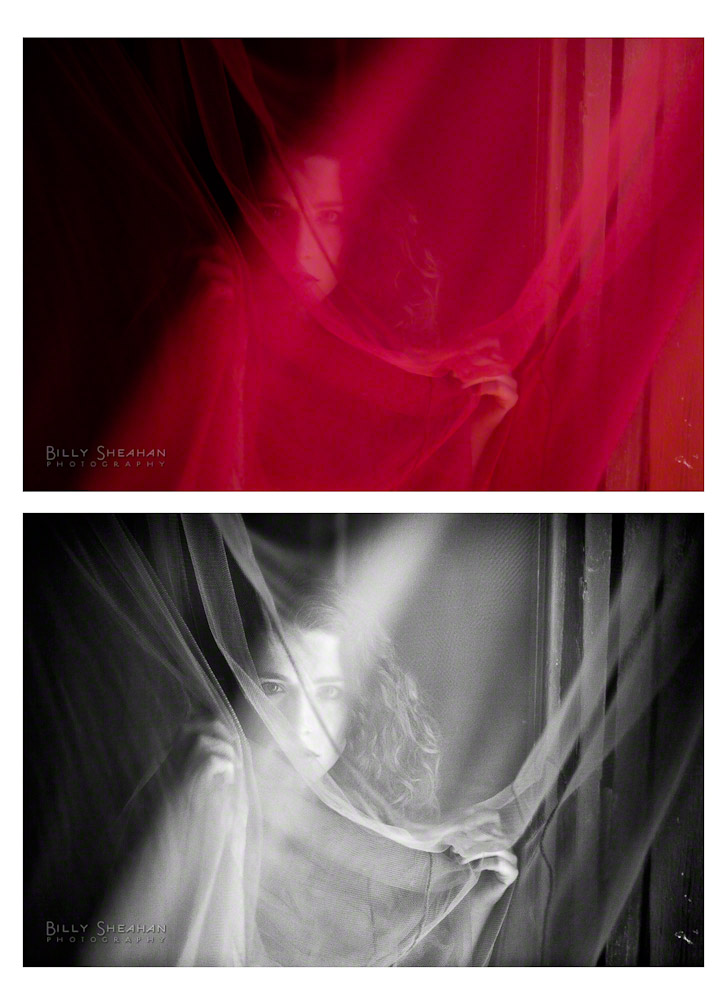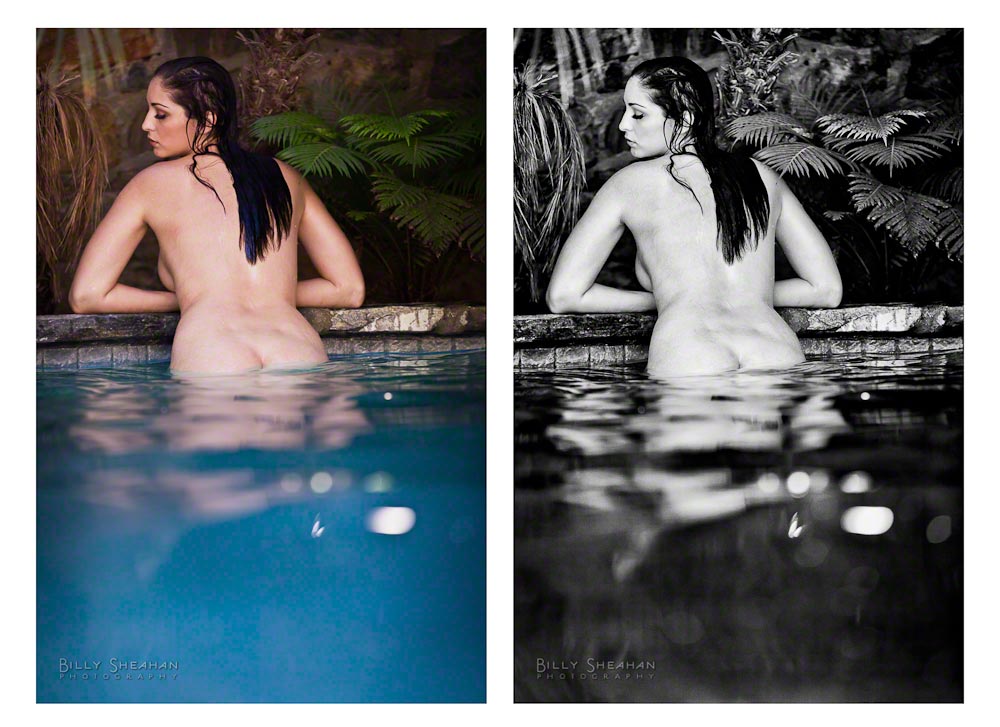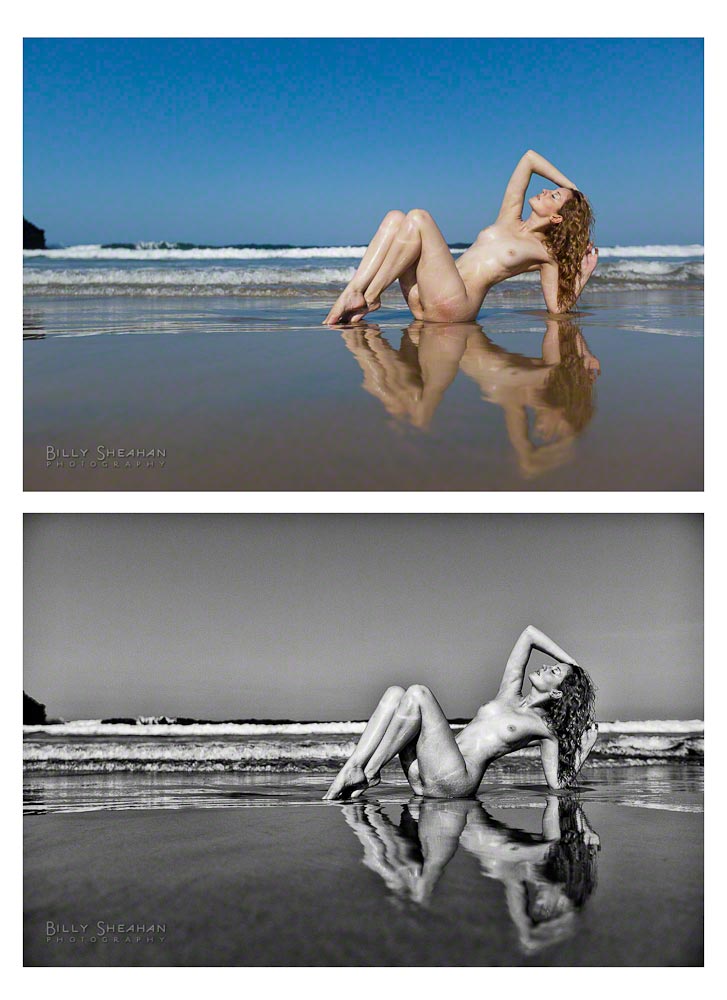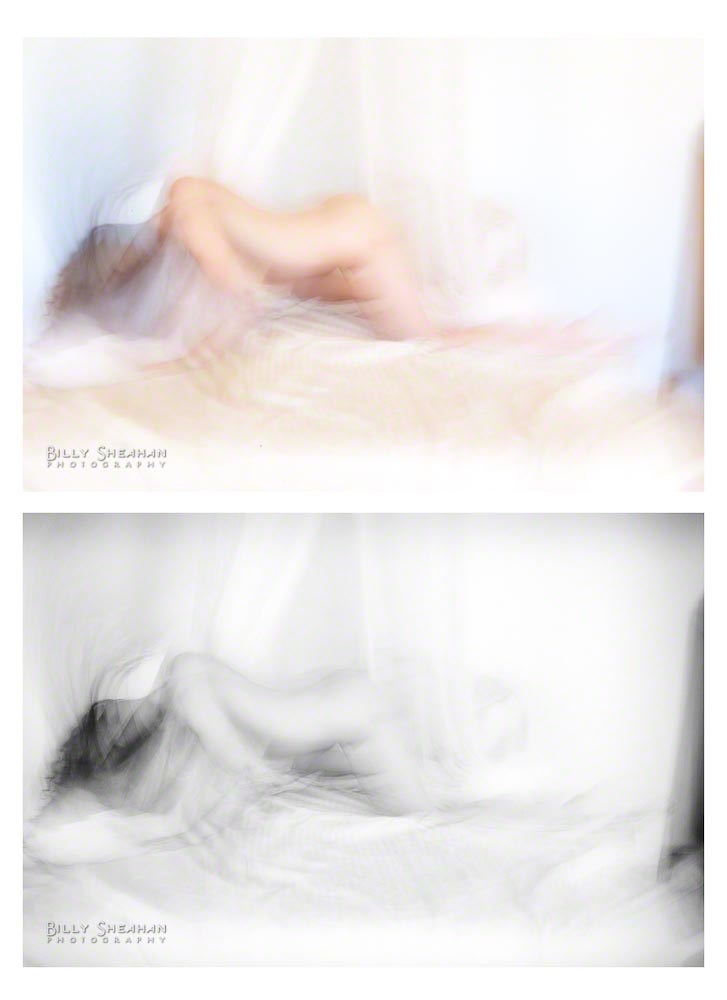This is part seventeen in a series of blogs on my recent artistic adventures in Mexico.
The secluded beach cove at Playas Las Palmas had become quite the popular shooting location as ZoeFest progressed during the week. That was both good and bad. It was good because it’s always fascinating to see what other photographers and models do with the same location. Quite varied and everyone had their own styles they brought to the party. Bad because, as the week went on, we were no longer under the radar.
Todos Santos, Mexico is a very traditional kind of place. It had seen it’s influx of non-natives from all parts of the world in the last couple of decades which had brought about some changes, hopefully not affecting the tranquil beauty or culture in a negative way. But impacting it nonetheless. And when a group of artists sets up camp in an environment such as this as we did during ZoeFest, we were very aware to try not to impact both the environment and culture in a way that would be undesirable to the locals. The old photographers adage of,
“Leave no trace. Leave what you find.”
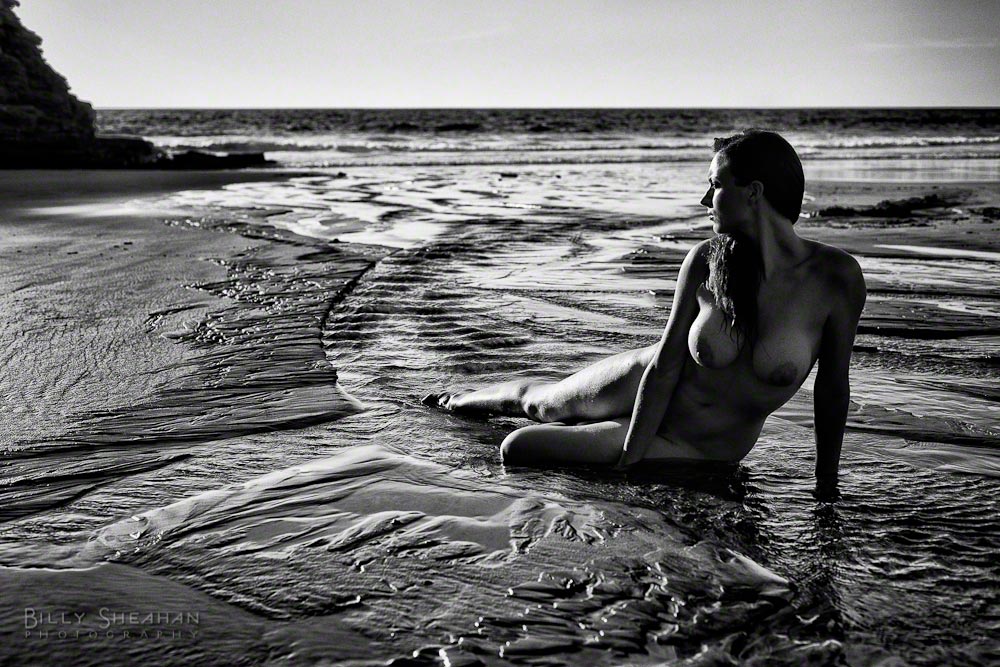
It probably applies to many other activities that involve exploring anywhere that you’re not a local, but we photographers have adopted it as our own.
Playas Las Palmas presented a tricky dilemma. While the beach itself was not private property, getting to the beach from land did involve crossing through what was private property. Something none of us knew when we arrived. When I had photographed Ella Rose on one of the first days, we were literally the only ones there. Not a person to be seen along the coastline as far as you could see.
But by the time the lovely Tara Tree and I decided to return there, days later, we had started to hear stories from others in the group of, while not exactly what could be termed shakedowns to continue shooting there, but definitely encounters that made it a little uncertain whether it would be possible to continue to shoot there.
We decided to go anyway and see what happened. When we arrived at the end of the dirt road, as close as we could drive to the beach, we spotted Robert and Ella Rose already heading down the path ahead of us. The cove was a fairly large area and I wasn’t concerned we’d be tripping over each other or in each other’s shots.
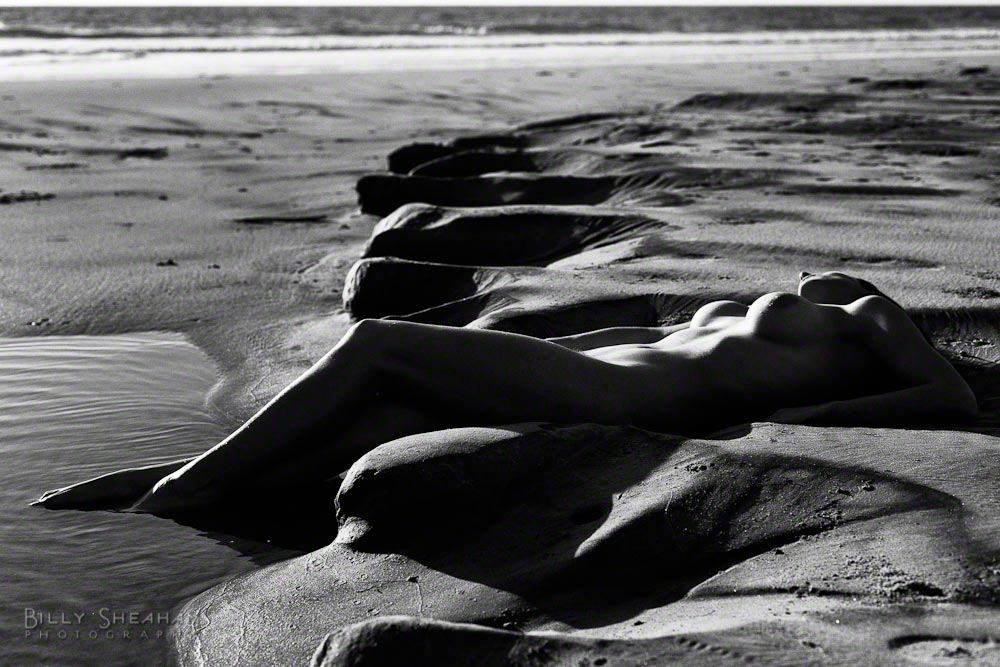
Tara and I walked through the little tropical forest path before reaching the beach and the glorious late afternoon sun that would be setting in a few hours. I had photographed Ella Rose at the same place in the morning light, completely different from the light now.
This time, as we approached the beach area, Tara and I spotted a couple of official looking men a couple of hundred meters away. It appeared they were inspecting something, pointing and walking a few meters, then pointing away and walking off in that direction. While Robert and Ella were off beginning to shoot in a much more secluded rocky area away from where the men were looking, Tara and I were much more in the open.
We decided to sit and wait and enjoy the ocean view for a while. We talked about our art and our travels and although we were both anxious to begin making photographs, the inspector men continued to do whatever it was they were doing for nearly another hour. Finally they got into their truck and headed off out of sight. And the sun was really getting good by that point. Perfect!
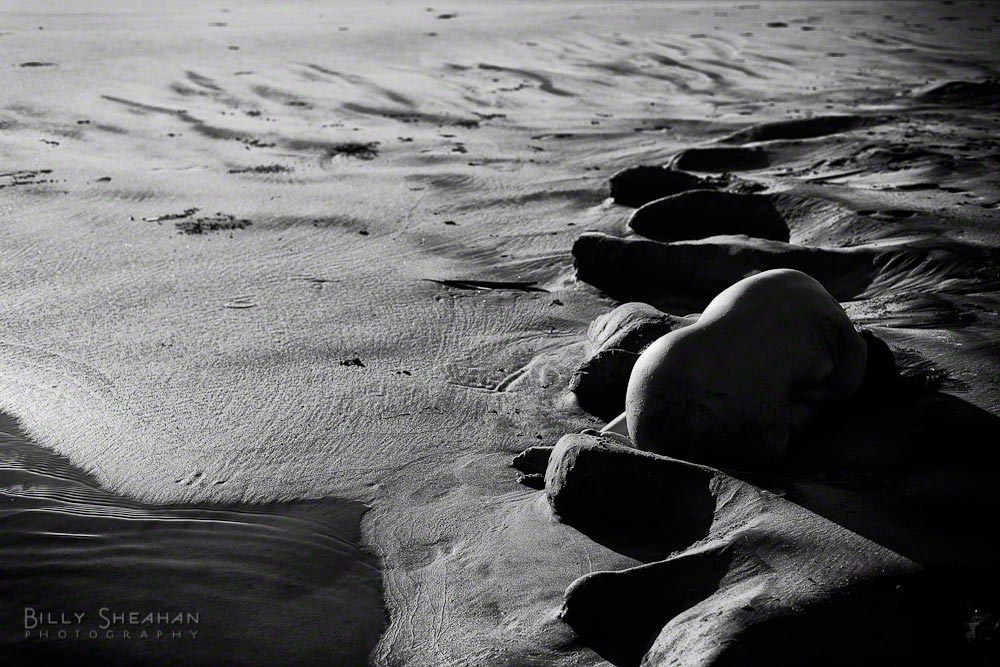
I did really enjoy the brief downtime with Tara. It seemed like I was doing so much rushing around from place to place that even though I was really enjoying myself, it was nice to just stop for a while and relax with such a lovely human as Tara is. She has a wonderful heart. I certainly felt like a better person after our little break.
We began to get ready as Tara laid down in a little stream that had formed over a little sandbar near the mouth of the cove. This time I remembered Ella’s suggestion for me to make sure I didn’t leave any of my own footprints near the delicate sand ripple patterns formed by the waves over the last few hours. It looked like it could be rock with the sun reflecting off of it, but it was definitely sand. Gorgeous with Tara in the middle of it all.
It was really a beautiful time of day. Perfect light.
Tara and I spotted some interesting divots in the sand off to the side of the stream where the tide had been higher earlier in the day and we thought it might be an interesting thing to put Tara in them, her beautiful curves mirroring the curves of the sand. We tried a few different ones until it was difficult to find Tara at all in them, blending in like a chameleon.
I suppose if the Pope was looking to hang one of my nude photographs in his Vatican dining room, one of these would be the least likely of all of my work to raise a holy eyebrow. I’ll have to ask him the next time I see him on Facebook chat.
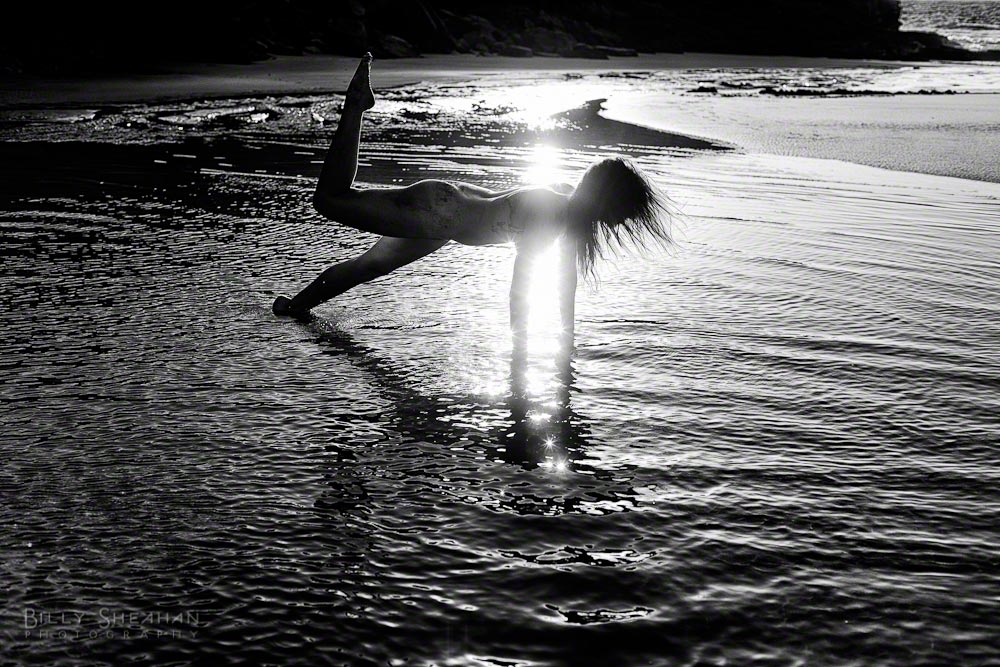
Meanwhile, back at Playa Las Palmas, the sun was just about ready to hide behind one of the two cliffs that bookended the cove. Tara moved back into the stream and started to pose. She heard some splashing and turned to see me running back and forth in the stream.
“What are you doing?!”, she laughed in her beautiful Irish brogue.
Whah tahr yah doe ehn?!
I stopped in mid gazelle leap and laughed along with her.
“Um… I’m trying to find where the beam of sunlight is best behind you,” I sheepishly said. “You know… because I know you’re holding your pose and I don’t want to have you hold it too long.”
“Alright,” she laughed again, that beautiful laugh. “Just checking.”
Ohl-rate. Joost chay-kehn. (or something like that.)
She posed, I scampered and splashed back and forth. The hardest part was focusing looking straight into the sun, but I got it eventually.
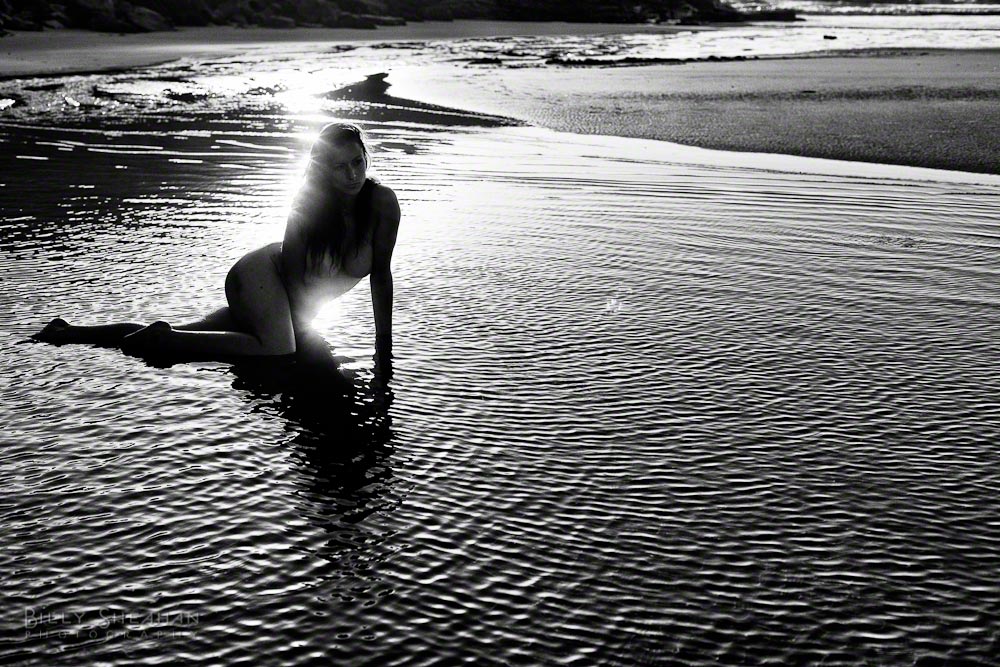
Out of breath and a wee bit tired of looking so silly, we moved over to an area of sand I had noticed the last time I was here at the beach. There were these dark dramatic lines of sand that had washed up along a slightly drier area of the beach. Not a footprint to be found and quite striking.
I had Tara lay down in between a few of them and made of few more photographs of her as the shadows grew in the setting sun. If you look closely, you can see one of my errant footprints as I got a bit too close when directing Tara on which way to lay. We’ll call it a bit of a self-portrait, that one.
I moved around her to compose the length of long shadow her curves were now creating in the sand. Beautiful.
Done with that set, I wanted to try to incorporate the beautiful stream carving in the sand again from a slightly different vantage point. I had been shooting with my short 50mm prime lens up to this point and decided to switch to my longer 100mm prime for a different look. It meant Tara was further away from me, but I really loved how it compressed the sunlight shining off of the sand as the stream had carved through it.
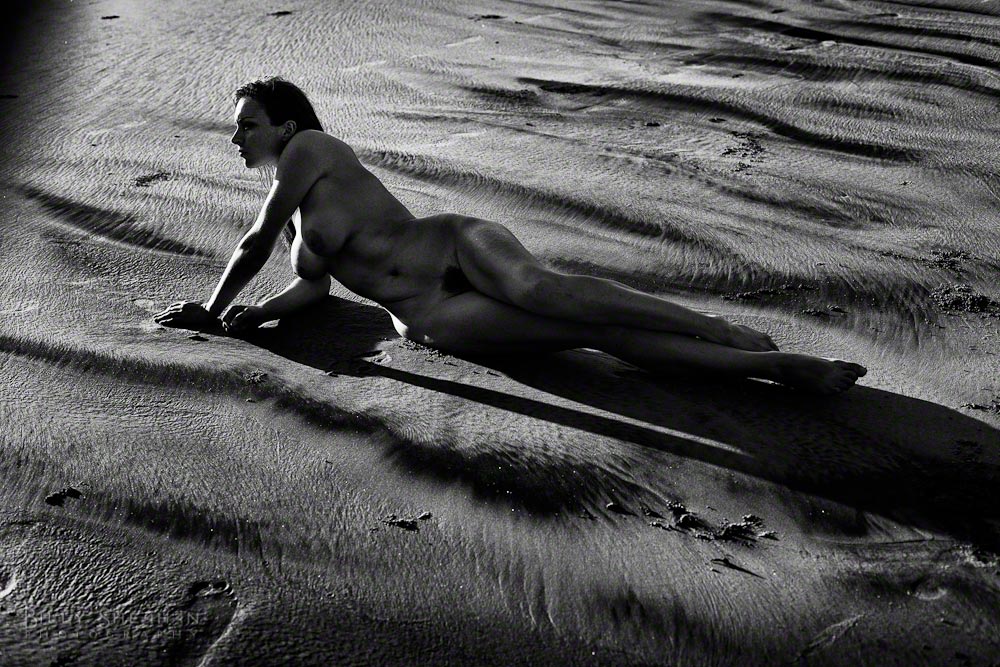
Due to the distance, Tara was a bit confused. “What do you want me to do?”, she yelled to me over the sounds of the crashing waves.
“Something like this,” as I pantomimed stretching my arms out one way and the other.
Happily, she understood my silly posing reference and improved upon it greatly. Another model who can take questionable direction and make it into something wonderful.
I was really happy with what we were doing when Tara suddenly stopped and began walking toward me.
“There’s a man coming toward us,” she stage whispered.
“Is he close?”, I said without turning.
“Getting closer.”
With my back toward the unknown man, trying to keep myself between him and Tara who was trying as casually as possible to put her dress wrap back on, we tried to look as normal as possible. I began to take photographs of the rest of beach area, in an effort to look like a pair of normal tourists out for a walk on the beach.
“Where is he now?”, I quietly asked.
“Right behind you.”
Oh. Damn.
I turned to the man, and said the only appropriate thing I could think of at the moment.
“Hola, señor.”
“Hola,” he said back.
He wasn’t very menacing or anything like that. Just standing there within a few feet of us as I snapped a few more tourista photos of the ocean.
In my head, I was asking all the things I wished I could confer with Tara on. Does he want money? Has he called the authorities? Is he the authorities?
Before I could figure out what to do, I heard Tara begin speaking to him in Spanish. A few questions and he began to give a few answers.
I forgot how fluent in Spanish Tara was. After the translation with las tortugas (the turtles) just the day before.
As with my brush with Los Federales with Meghan yesterday morning, I really tried to follow the conversation as best I could with my limited Spanish. The good thing was, this conversation Tara was having with the man sounded casual, not argumentative in any way.
And then I felt this wash of regret start to fill me. Not about perhaps being in some kind of trouble, but forgetting my first rule when traveling abroad. It was rude of me to wait so long to address him. A far too common American thing. I was in his country and now Tara was making it right.
“Yo soy de Chicago,” I offered at one point. It helped.
Tara would speak a few sentences to him and he would respond and Tara would fill in the blanks to me as I nodded.
He was in charge of watching the property we had crossed to get to the beach and he was checking up on us. He waved his arm over the area between the beach and where we had parked our car. All of that land was owned by a man he worked for. It was okay that we were here, but he wanted us to be aware that he was letting us be here for the moment. More than fair enough.
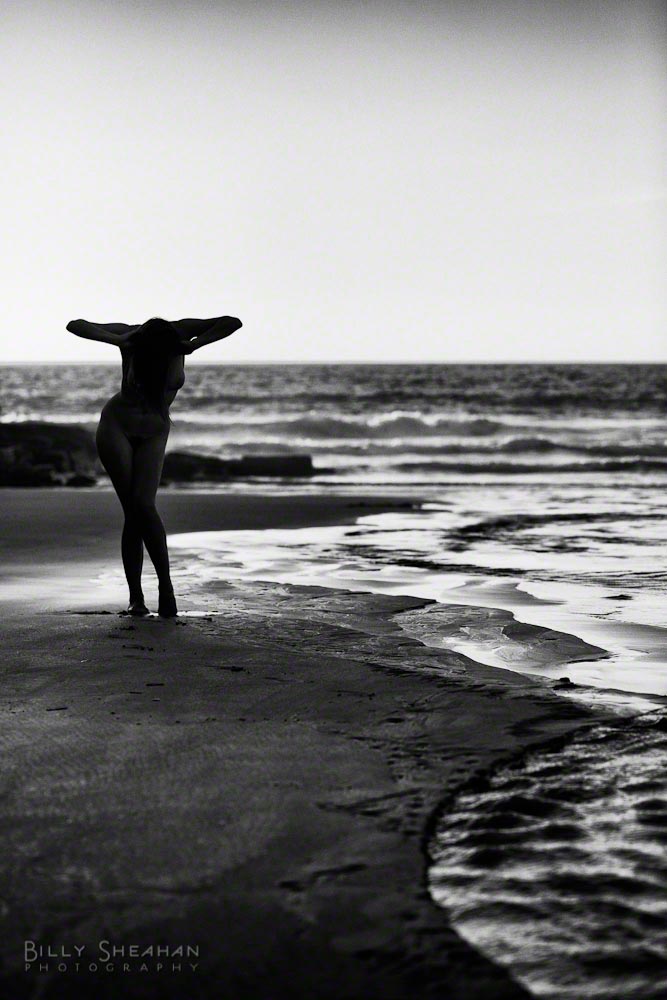
We asked him if we should leave and he told us we didn’t have to this time. He continued to tell us the story of his family and the family he worked for and how sometimes people would pay them to hold lavish weddings here. I could see how that would be an amazing setting.
I could see three dogs waiting on the other side of the ocean stream.
“¿Sus tres perros?”, I asked. Your three dogs? ”
Sí, mis perros,” he smiled. And then he said something about the dogs I didn’t quite understand, but I nodded anyway.
This was better. This is how I should have handled our meeting from the beginning.
We talked a bit more and said our goodbyes. He walked away and I turned to thank Tara for being such an amazing translator. Without her, her warm spirit and excellent communication skills, our interaction wouldn’t have gone nearly as well. I really don’t think he wanted money in the end, just a bit of respect that perhaps other touristas hadn’t given him. Just to let us know we were on someone else’s property when we came here.
We collected our things and started to head back toward the palm forest path, when I saw a sign near the edge of the beach that had been confusing me all week. It basically translated to Private Property. No Entry. What I couldn’t figure out until now was why it was facing the beach. In other words, you wouldn’t see the front of it until you were on the beach, after you had crossed through the private property. Perhaps there needed to be another sign closer to where we parked the cars. Then again, perhaps it really wasn’t a big deal, until people started to take advantage of it.
My shoot with Tara ended up being a bit shorter than some of the others, but it was a great experience and we did collaborate to make some incredible photographs. Plus it was nice to spend a bit of time with her just getting to know her a little better. One of my favorite moments in Todos Santos.
And it reminded me to be a better visitor next time.
More to come.
